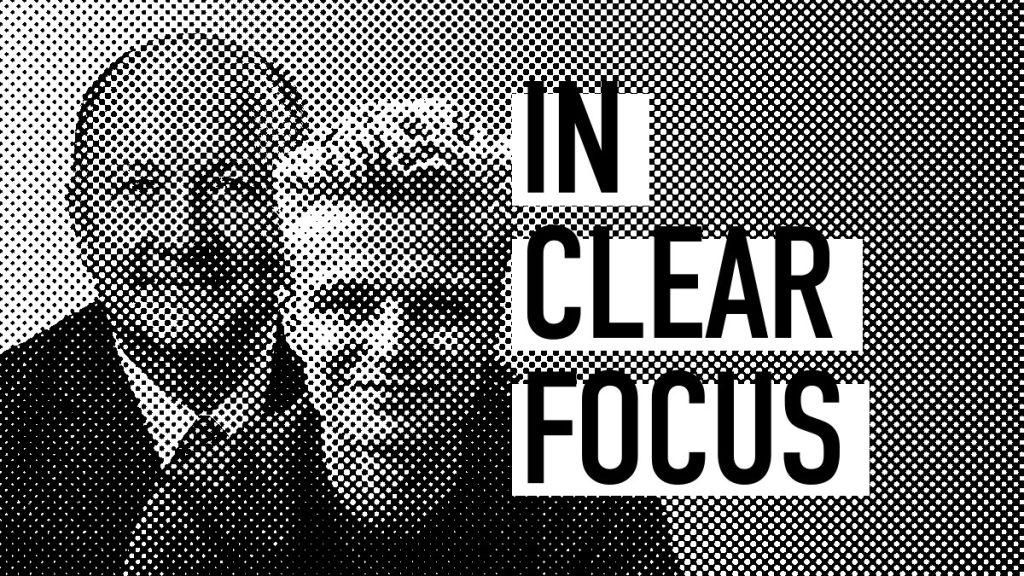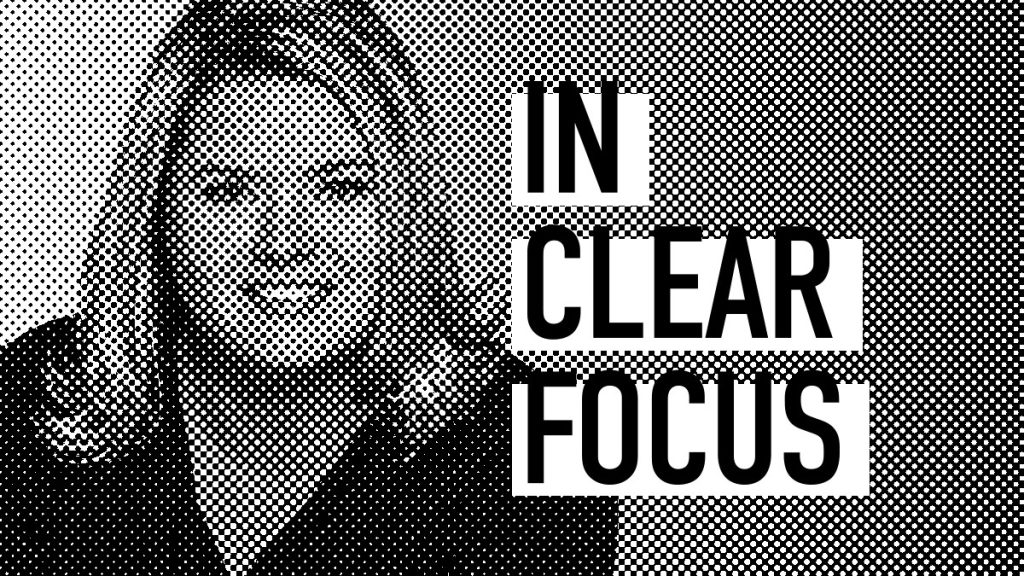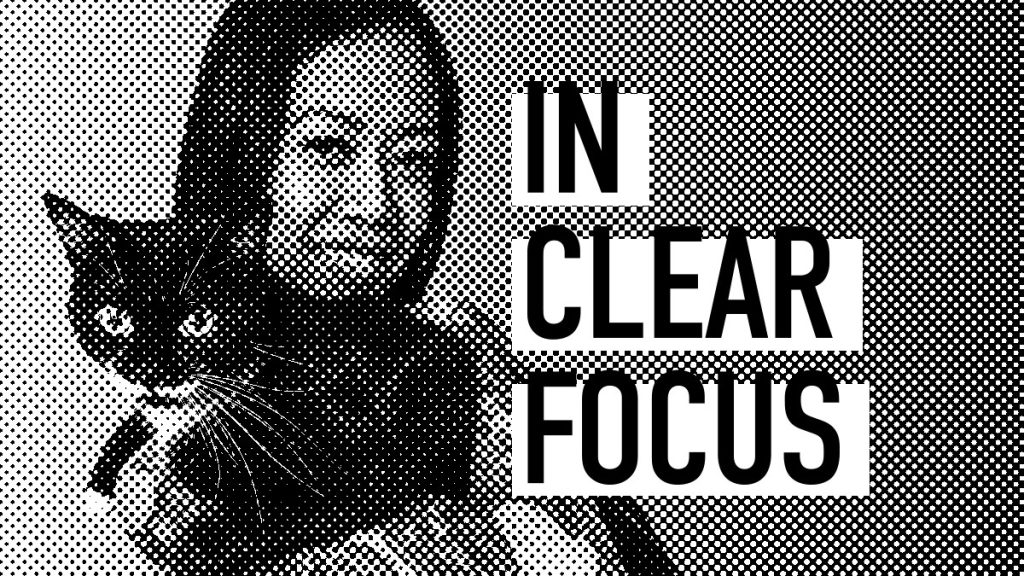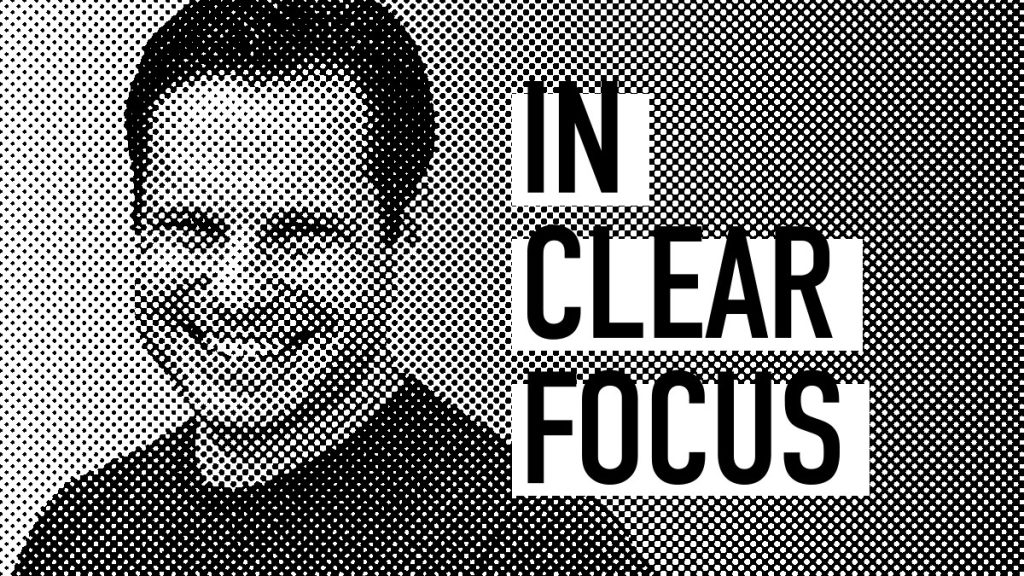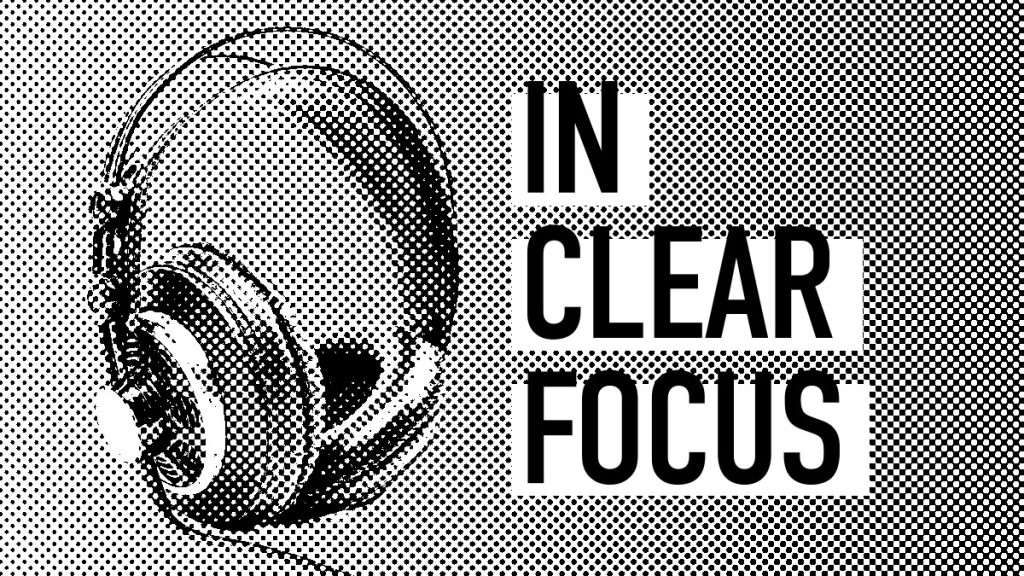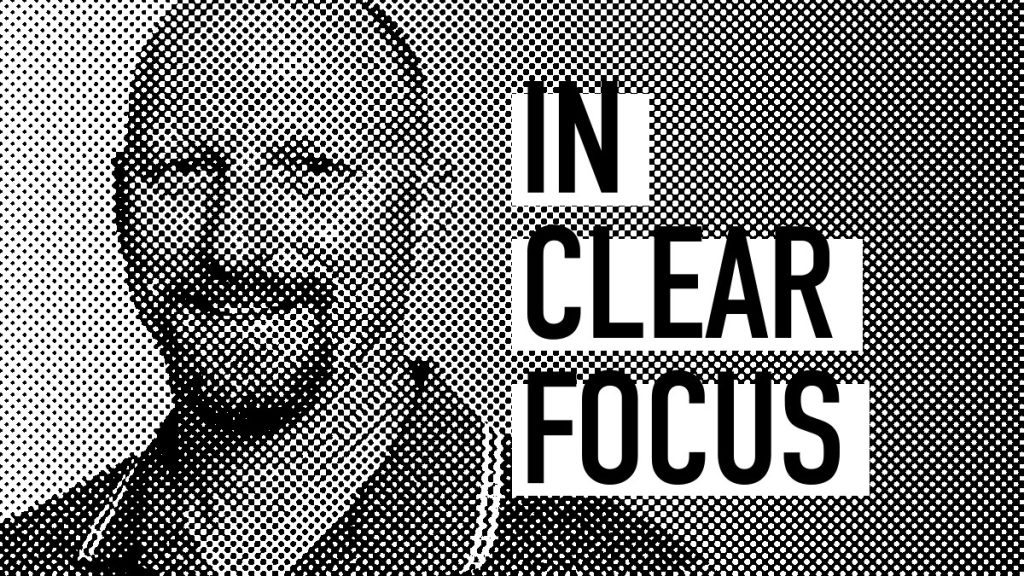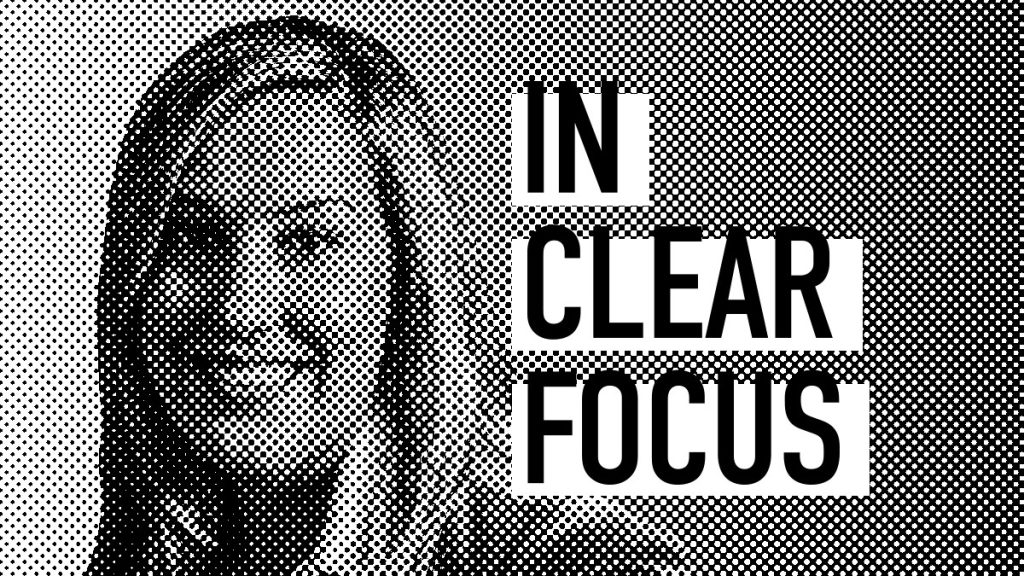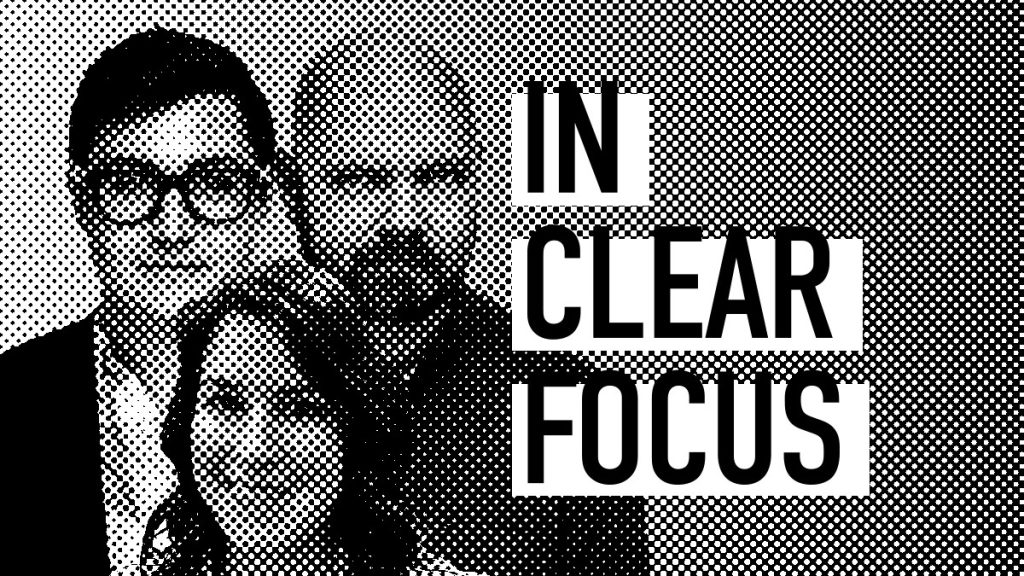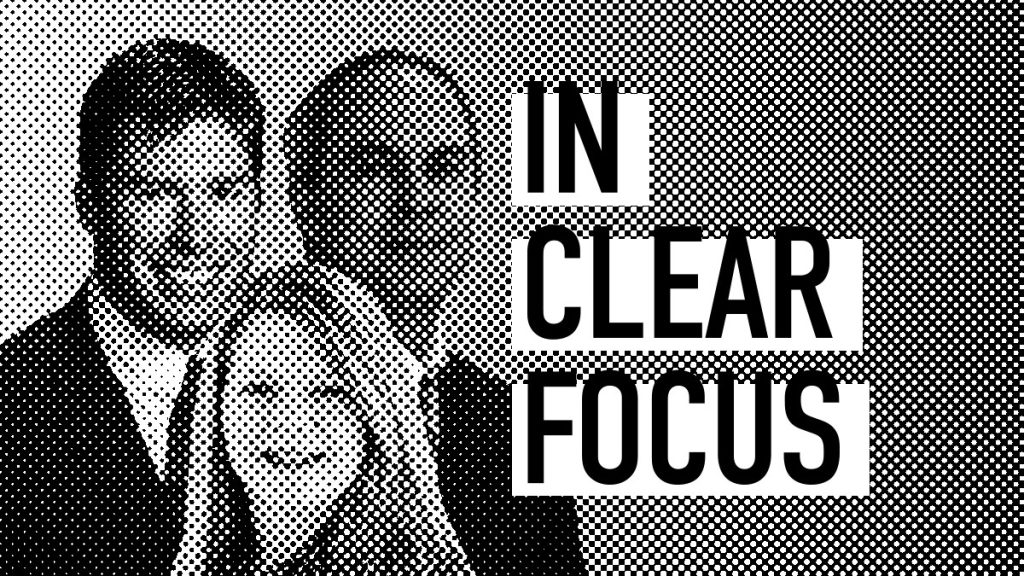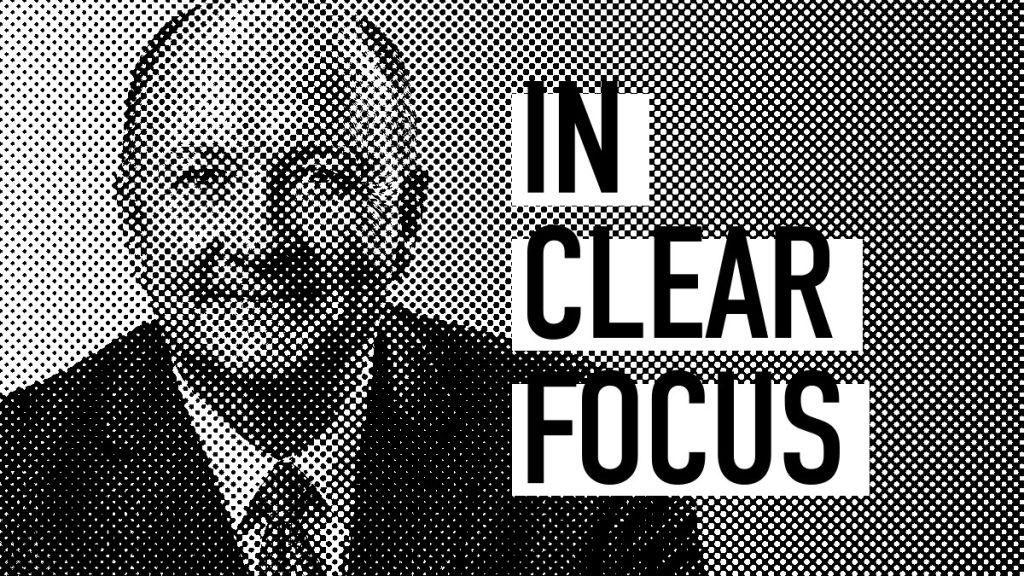Conversations about “The Social Dilemma”
Audience analysis agency Bigeye reflects on global conversations sparked by the responses to Netflix’s controversial docu-drama, The Social Dilemma. IN CLEAR FOCUS this week: Audience analysis agency Bigeye discusses Netflix’s controversial docu-drama, The Social Dilemma. Alexander Bryson, Content and Product Marketing Executive with Pulsar, a social listening platform, discusses global responses to the show. Guest …

